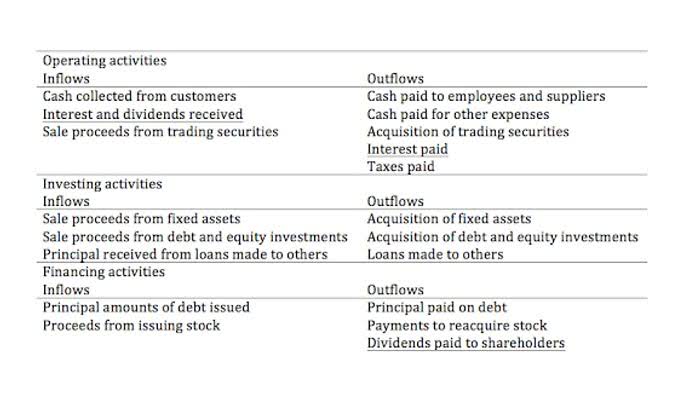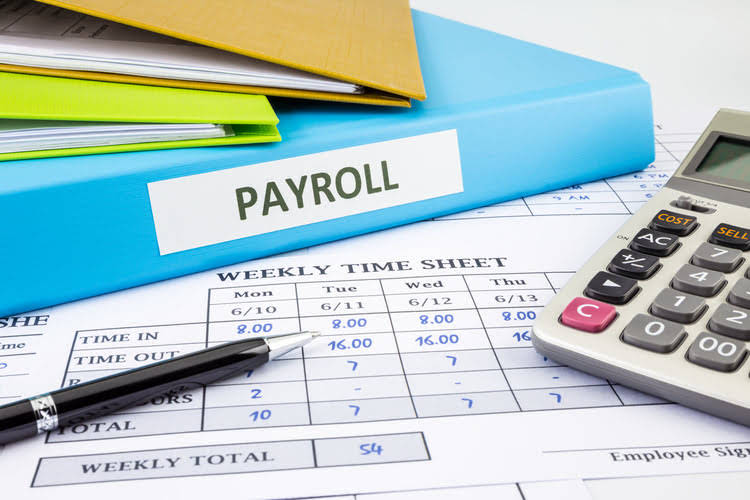Incremental Cost: Step by Step: Incremental Costs: Influence on Average Cost

It represents the expenses directly related to manufacturing an additional unit of output without considering fixed costs that don’t change with production levels. Incremental costs are crucial for businesses seeking to optimize efficiency and profitability. Understanding incremental costs provides businesses with insight into the https://iat.go.ug/index.php/2020/12/04/assertions-in-the-audit-of-financial-statements/ profitability of various business segments and helps them achieve economies of scale.
Impact Analysis On Cost Savings And Efficiency
When they increase production to 101 loaves, the total cost rises to $505. Therefore, the marginal cost of producing the 101st loaf of HOA Accounting bread is $5. Semi-variable CostsWith semi-variable costs, economies of scale manifest differently based on the specific nature of these costs.
Incremental Cost Per Unit Formula
Moreover, the incremental cost is always made up of purely variable costs. It characterizes the added costs that might not exist if an extra unit was not produced. Incremental cost, also known as marginal cost, plays a crucial role in decision-making for businesses, production processes, and resource allocation.
Incremental Cost: Step by Step: Incremental Costs: Influence on Average Cost

Conversely, if incremental costs rise significantly, it may signal inefficiencies or the need for investment in more cost-effective production methods. Incremental cost per unit is the additional cost incurred to produce one more unit of a product. It helps businesses understand the cost implications of scaling up production and is crucial for pricing, budgeting, and financial planning. This metric is particularly useful in decision-making processes where companies need to evaluate the financial impact of increasing or decreasing production levels. The concept of incremental cost, also known as marginal cost, has its roots in the economic theory of the late 19th and early 20th centuries. It was developed to help businesses make more informed decisions regarding production levels, pricing, and profitability.
Why TranZact’s Digital Document Management System is Right for Your Business?

In project management, scope creep—the gradual expansion of project requirements—can derail timelines and budgets. When stakeholders propose additional features, project managers assess their incremental cost against the project’s overall budget. By analyzing these incremental costs, the firm can allocate its resources effectively and maximize returns.

- These costs include raw materials, direct labor, and other expenses that increase when you produce more units.
- Whether you’re optimizing production, pricing, or investment, understanding incremental cost is your compass in the sea of choices.
- The company would recover its investment in less than 5 months and see a 62% increase in monthly profits.
- When it comes to decision making and cost-benefit analysis, understanding the concept of incremental cost is crucial.
- Constant costs, also known as fixed costs, are expenses that do not change regardless of the production level.
Initially, the cost of producing each car decreases due to bulk purchasing of raw materials and increased efficiency. However, at a certain point, the marginal cost may start increasing due to bottlenecks in the production process or the need for additional resources. This signifies that the manufacturer has reached the limit of economies of scale. It is important to note that these costs are short-term and can be adjusted rather instantaneously to maintain a variable cost per unit graph within feasible limits. It has a direct correlation to production; it increases with the increase in every unit of production.
- Incremental cost represents the additional cost a business incurs when it produces one more unit of a product or service, which is crucial for understanding the financial impact that a company incurs.
- Imagine a bakery deciding whether to produce an extra batch of croissants.
- The moment one extra unit produced does not generate the required return, the business needs to modify its production process.
- A more exact figure could comprise added costs, like electricity consumed if the factory had to stay open for a longer duration, or the cost for shipping the additional widget to a consumer.
- By calculating the exact cost of producing one more unit, you can use incremental cost to determine if scaling up makes financial sense.
A Beginner’s Guide to Effective WhatsApp Marketing in 2024

They analyze vast datasets, predict outcomes, and recommend cost-effective paths. Imagine an e-commerce platform adjusting ad spending based on incremental conversion rates. Enhance your proficiency in Excel and automation tools to streamline financial planning processes. Learn through real-world case studies and gain insights into the role of FP&A in mergers, acquisitions, and investment strategies. Upon completion, earn a prestigious certificate to bolster your resume and career prospects. We also incremental cost per unit need to consider the time horizon and the discount rate of the analysis, as the costs may vary over time and have different present values.

Incremental Cost Overview, Calculation, Use, Benefits
A revenue and expense analysis from production, defined by incremental cost, will save you a lot of financial troubles. Profitable business decisions include knowing when is the best opportunity to produce more goods and sell at a lower price. This is why incremental cost calculation is essential for decision-makers. Incremental costs are additional expenses a business spends to expand production. It is the total amount of money paid for producing an additional unit of a product.

